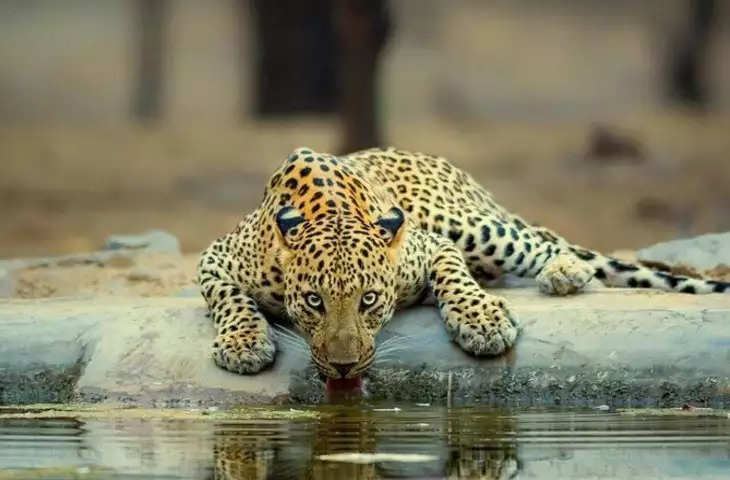Jaisalmer : Sevan grass found in western Rajasthan is no less than a boon for animals. Sevan grass is mostly found in Jaisalmer, Barmer, Bikaner areas. Although its production had reduced some time ago, but now the government is also developing the Sevan pasture area. Recently, Sevan grass pasture development work has been done under Mahanrega in the Gram Panchayat Lathi area of Pokaran Assembly of Jaisalmer. Jaisalmer District In-charge Secretary Gayatri Rathore got information about this during her visit to Jaisalmer. In this regard, Chief Executive Officer Bhagirath Vishnoi said that Sevan grass pasture has been developed in Lathi through Mahanrega. Sevan grass has been planted in 200 bighas here. Along with this, 500 neem plants have also been planted and at present there is a plan to plant Sevan grass and about 2000 native plants under tree plantation.
Watch the big news in this video
Sevan is beneficial for livestock farmers
Due to lack of rain and continuous drought in the border areas, Sevan grass is proving to be very beneficial for the livestock farmers here. The scientific name of Sevan grass is Lasiurus sidicus, which is included in the category of perennial grass. It is famous as the ‘King of Desert’. Many years ago, it has been the main diet of animals in the desert. The effect of its shrinking area is clearly visible on the health of livestock. Sevan grass is considered the most nutritious diet for livestock, but its availability is becoming rare day by day. This is the reason why now its fields are being developed under Mahanrega.
Its roots do not dry for 5-6 years
The specialty of Sevan grass is that its root does not dry for 5 to 6 years. Not only this, due to the high amount of protein and vitamins in it, it is nutritious for cows, goats, buffaloes and other livestock. After the grass grows, livestock farmers can dry it and store it for a long time. This stored Sevan can be useful in situations like famine. There is not much natural food available for animals on the sandy dunes of the border area. Whereas in the desert area, Sevan grass is a nutritious diet for cows, buffaloes, sheep, goats and other livestock. In rural areas, huts are decorated with it, which do not spoil for a long time and remain cool in summers and warm in winters.


